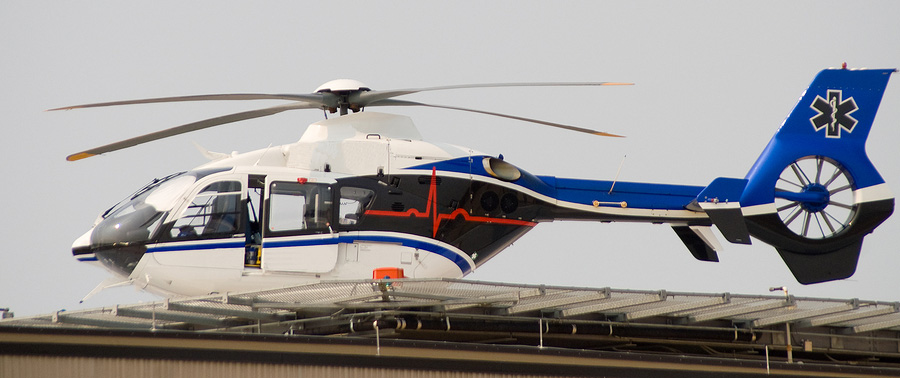The pilot of an air ambulance is responsible for air transport of people living in remote areas experiencing an emergency situation. He must therefore provide safety, piloting and implementation of missions of repatriation to a hospital. In the aircraft, the air ambulance pilot works closely with the nursing staff.
To find out more, we interviewed Maher El-Moussa, an air ambulance pilot from 2008 to 2012 in Canada’s Far North.
What does the air ambulance pilot profession consist of?
In the Far North, there are clinics where nurses work who provide basic care to patients. For emergency or specialized care, there is a small hospital in Iqaluit, but it provides limited services. In case of a serious problem (a heart attack, for example), the nurses call an ambulance, which is… an aircraft! From the call to take-off takes at most one hour. The crew consists, in addition to the pilot, of two nurses and sometimes a doctor if the case is serious. It is available 24/7. The aircraft is a real mini-emergency room equipped with a bed capable of providing care to a person who has just had a heart attack or a woman ready to give birth, in order to maintain them while bringing them to the nearest hospital.
Is there training required?
The training is the same as for an airline pilot. You first have to obtain your pilot’s license in a flying school. Then there is a variety of additional training (for multi-engine aircraft, instrument flying, etc.). Finally, the profession requires medical training in order to be able to assist nurses on the ground or on board the aircraft.
In your opinion, what are the main qualities that you must have for this profession?
- Know how to manage your stress: an air ambulance pilot lives with emergency situations every day. He always has to hurry and does not have the time to relax. Also, he must always be ready. In my case, two days before flying, I check the weather conditions in various regions so as to avoid surprises. So if I had a call at two or three o’clock in the morning, I already have a flight plan.
- Be proactive: always be ready to act quickly.
- Have a healthy lifestyle and know how to re-energize yourself: between two calls, one must be able to find a means of regaining energy and to rest, because you can be called on to leave at any moment. This can be as simple as eating an energy bar or a coffee. The profession requires flying 80% at night, which is gruelling. It can also mean working 14 hours a day. When the work schedule is from 11 pm to 1 o’clock the next afternoon, it’s very tiring.
What are the main obstacles to be faced?
Flying conditions are often much harder in the Far North than in the south of the country. Of the 24 villages in Nunavut, only two have paved runways. All the others are gravel. This makes take-offs and landings more delicate. It’s often necessary to deal with ice, snow or storms. In addition, if an aircraft remains on the ground for more than one hour at low temperatures (the -40s are common in the Far North) there is a risk of freezing and not being able to take-off right away. The pilot therefore has to be vigilant at all times.
What is exciting about the air ambulance pilot profession?
Each mission saves a life, prevents a situation from turning out badly or resolves an emergency situation. The feeling of having helped is huge and gratifying.
Conversely, what aspect do you like the least?
Weather conditions are very difficult in the Far North. It can reach down to 60 degrees below zero. In addition, in summer there is sun all 24 hours. To sleep, the windows need to be covered with aluminum. In winter it’s the opposite – the darkness lasts for months, which can generate a bad mood.
Is continuous education necessary?
Yes. Every six months, training must be done for two to three days on the simulator. Classroom training and a nursing course are also required each year.
What advice would you give to someone who wants to become an air ambulance pilot?
To do this profession, you must be passionate about it and ready to move to the Far North or remote regions. It’s also necessary to have a strong character and be mature enough to confront the harsh weather conditions and keep calm during emergency situations.
